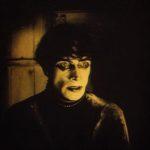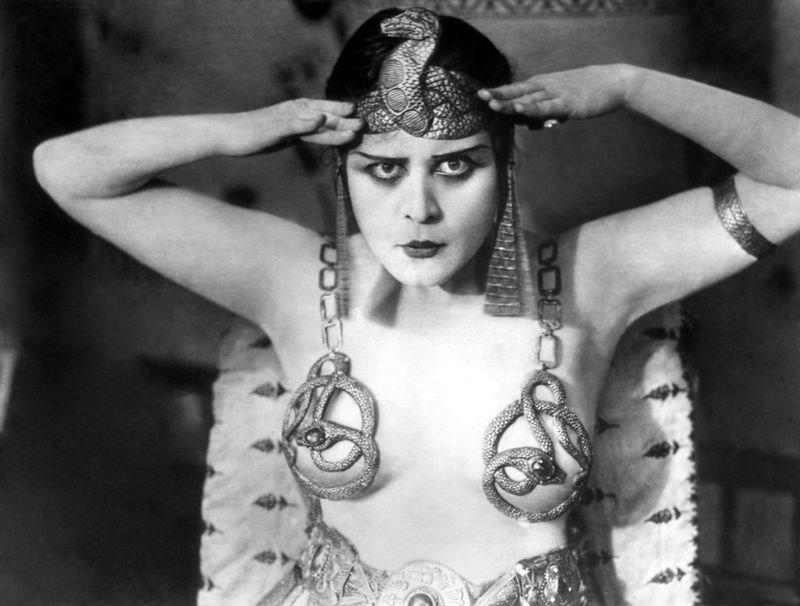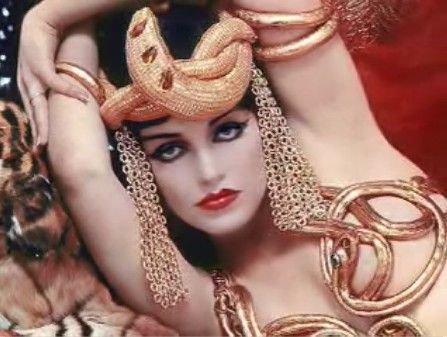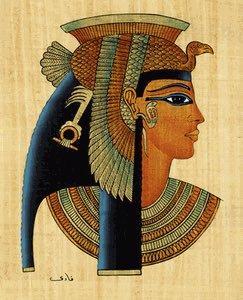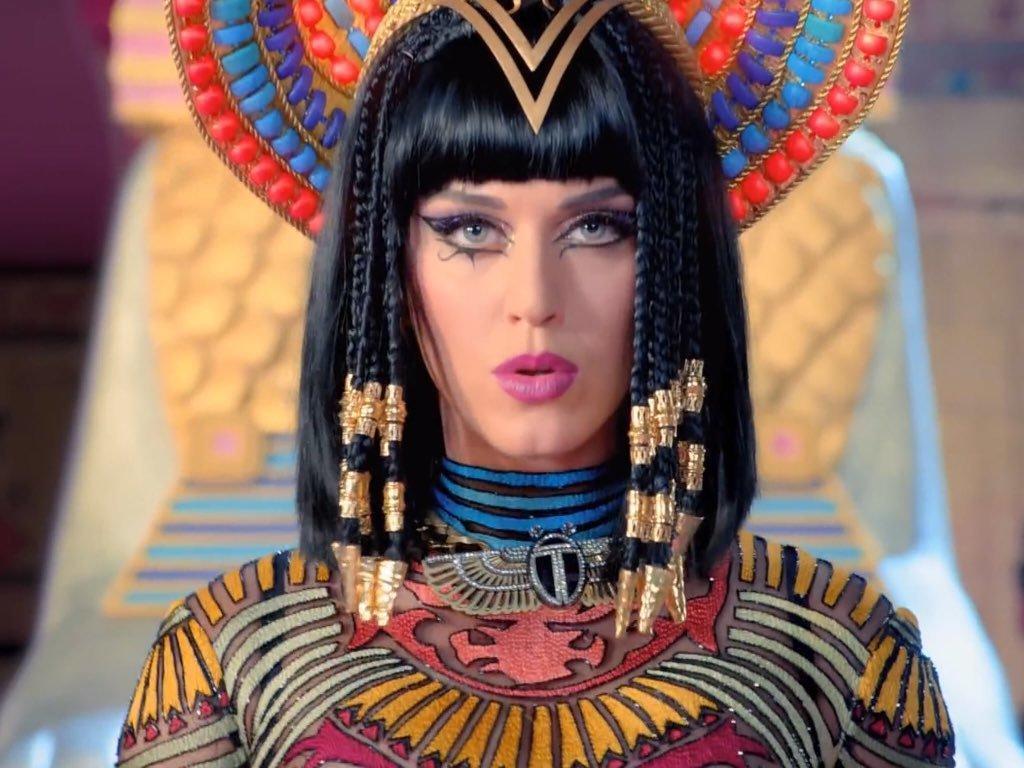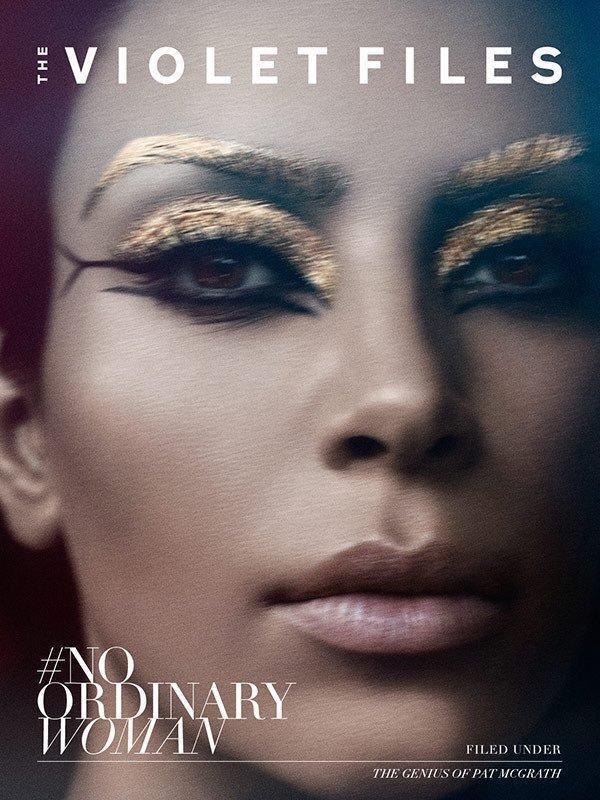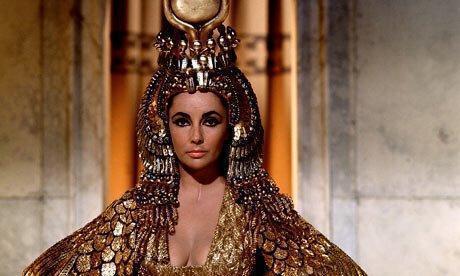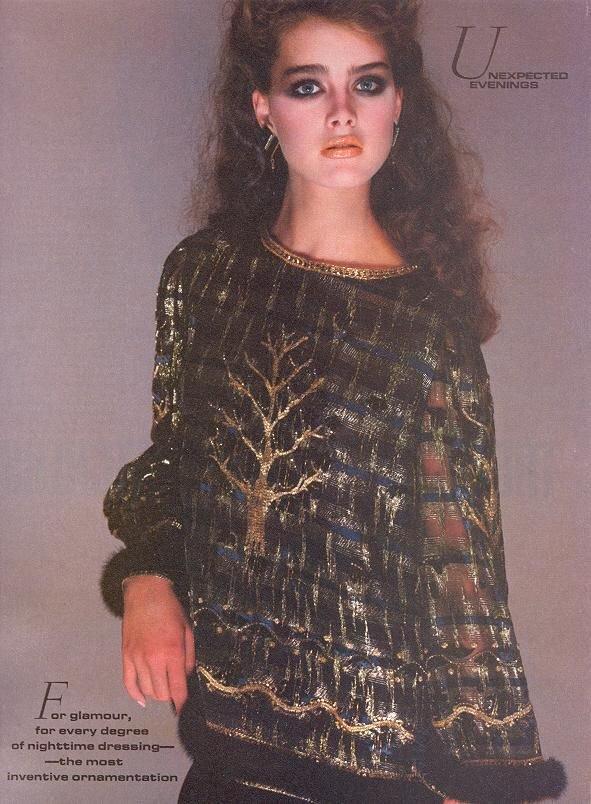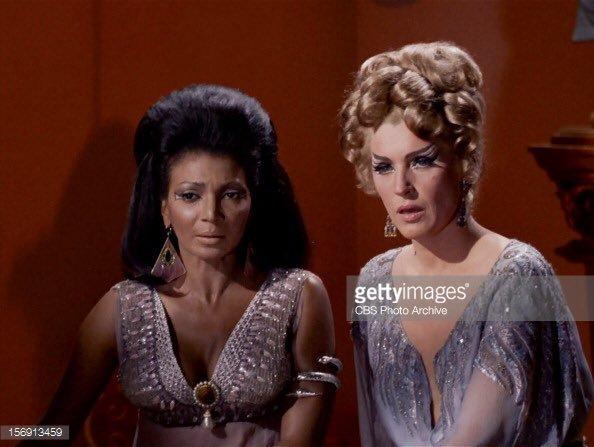Black Eyeliner – The History and Appeal
Article Content
The History and Appeal Of Black Eyeliner
What’s been considered attractive throughout history has been finding beauty in the dark. What men and women have considered attractive hasn’t always been sunny and light. It’s been the dark and dangerous that has also appealed to the human psyche since even ancient Egyptian times.
The first time I watched The Cabinet of Dr. Caligari (1920) I was 21 years old. One night in film class, strangely on a March day no less, our professor decided that this was to be the next film we would watch as a class. The film centers around a somnambulist named Cesare, played by Conrad Veildt (who you might remember from Casablanca (1942), playing the nazi with the mustache Major Heinrich Strasser).
Thanks to Youtube you can watch The Cabinet of Dr. Caligari for free, embedded it here. You can learn more about The Cabinet of Dr. Caligari on IMDb.
Somnambulism is another word for sleepwalking. In the film, Dr. Caligari claims that Cesare has Kleine- Levin Syndrome, where one sleeps whole days away. Effectively, Cesar has slept for 23 of his 23 years of life. It was interesting to learn that Kleine-Levin Syndrome only got a name about 30 years ago.
What really caught my eye was noticing how the film’s German Expressionism style informed Tim Burton’s Edward Scissorhands. Both Edward and Cesar are man-children with hungry eyes, as if they have been starved in some way. Is it any accident that these dark characters could symbolize the embodiment of the starving artist type?
It’s interesting to see how Tim Burton’s style connects us back in time to a style that we would have forgotten had he not revived it in his own works.
Film, or art of any form, truly does expand our world, turning us on to new things you’d never stumble upon otherwise.
For example, in wanting to find out who played Cesare I found out about other films Conrad Veildt did and I am now so eager to see them! He really lived an interesting life. Veildt was the biggest star in Germany during the silent age and during WWII. Veildt also gave a lot to the war relief; he was so anti-nazi that the nazis were reportedly putting a hit on him. Veildt married a Jewish lady and they fled their native Germany for England, where Conrad continued his career. One movie I’m dying to see is the film he did with Vivien Leigh called Dark Passage (1939). Another interesting connect to other films we love, Dark Passage was released in the same year as Vivien Leigh’s famous film Gone with the Wind, in which she played Scarlett O’Hara. Sadly Conrad Veildt died of a heart-attack while playing golf in Beverly Hills, CA in 1943. Veildt was only 50 years old. Conrad Veildt was only survived by one daughter, who also sadly died of a heart-attack towards the end of the 20th century. Veildt lives on in film, as so many unforgettable actors and characters.
Part of what makes someone or something unforgettable is if they leave us too soon, and I’ve also noticed that…
these same people and things had something undeniably attractive about them.
The Cabinet of Dr. Caligari deals with the uncommonly connected aspects to life: sex and death. We don’t like to examine this, but sex and death have been closely associated in art as they are in life. Rachel Freeman discusses instinctual versus rational responses to our impulse to sex, and its role in neuroticism and personality. Freeman’s interpretation of the film’s framing around death can be answered by Freudian psychological theory. She says “Freudian theory suggests that this story is a wish fulfillment.” The film’s protagonist tells us this story of The Cabinet of Dr. Caligari “to displace the guilt over his friend (Alan)’s death.” There’s a sort of love triangle in the film, and in many ways Cesare is used to excuse the protagonist Francis’ impulse to pursue the love interest (Jane) shared by he and his deceased friend Alan.
I want to go back to my observation of Cesare’s dark inset eyes. Film writers say it symbolizes “double-life” because, as we see in stories like The Twelve Dancing Princesses, when you party hard you don’t get much sleep and your double-life at night shows in black circles around your eyes, like Cesare’s eyes.
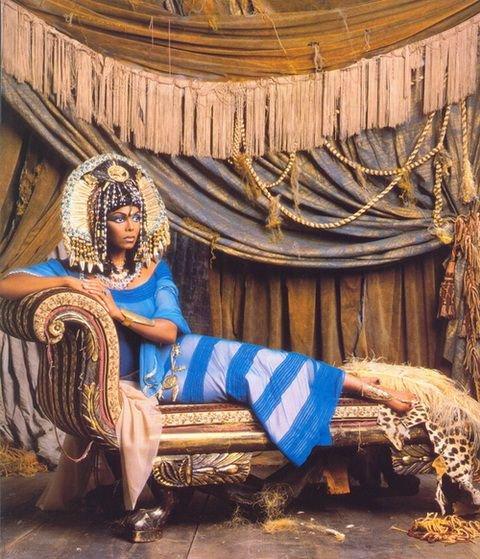
An interesting thing about eyes and dark circles and lines is how the ancient Egyptians would line their eyes with black coloring, like Cleopatra is famously remembered for having done. Black kohl used for Egyptian eye lining was actually used for more than cosmetic reasons, the black kohl prevented ocular infections and such back in those ancient times before antibiotics and clean water systems. David Bowie is one of the most famous modern examples of someone who has used black eyeliner; its been trademark he has played around with through all his reincarnations throughout his career. By the way, he has a new album coming out January 8, 2016 called Blackstar, check it out.
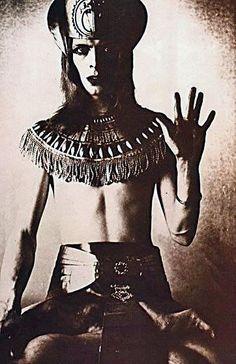
Dark black eye-makeup has been associated with sexiness for a while now.
As we’ve seen in sexy unforgettable individuals like Cleopatra, David Bowie, Johnny Depp (Edward Scissorhands), or Robert Pattinson (Edward Cullen in Twilight (2008)). It could even be argued that Cesare in The Cabinet of Dr Caligari is sexy since he does have that Bowie look; the black eye liner around his eyes, thin frame, and sharp masculine features. I mean even the phrase “little black dress” connotes the most classic and effortless way to standout and be sexy. However, wearing black is also something we do for funerals to show respect. Going back in time once more, remember The black plague? Yeah that was pretty scary. One old story is called The Pied Piper of Hamelin, a flautist who would warn if mice or rats were near by, so as to warn children and adults. Mice and rats as we know carried the black plague and spread it through Europe. I wonder if some of that black kohl the Egyptians used could’ve helped from being infected with the black plague?
To end this on a more upbeat note since it is Friday after all, film is an amazing medium that connects us across generations, preserving stories that awaken our feelings and open our eyes to new things we’ve never thought of before. Films inspire others and beget legacies through imitation, as we’ve seen in the works of Tim Burton, Quentin Tarantino, and other film makers who like to pay homages to the filmmakers that sparked their interest in telling stories through film. So go after your dreams and don’t be afraid of exploring the marvelously macabre subject matters that we see in films like The Cabinet of Dr. Caligari or Edward Scissorhands.
Beauty is in the eye of the beholder
…and you just might find something elegiacally elegant if you give something a chance. After all, everyone thinks Johnny Depp is sexy, even as Edward, just like Cesare could be seen in Caligari.
Bibliography
Freeman, Rachel (2006). “Dillusions and Fantasies in The Cabinet of Dr. Calligari.” Fantasy and dream work in The Cabinet of Dr. Caligari. February 10, 2006.
Further Exploration
OMG! The Hyperbole of Internet-Speak
The Disturbing True Story of the Pied Piper of Hamelin
☦ Saint Spyridon the Wonderworker – “To this day, the saint’s prayers work many miracles.”



